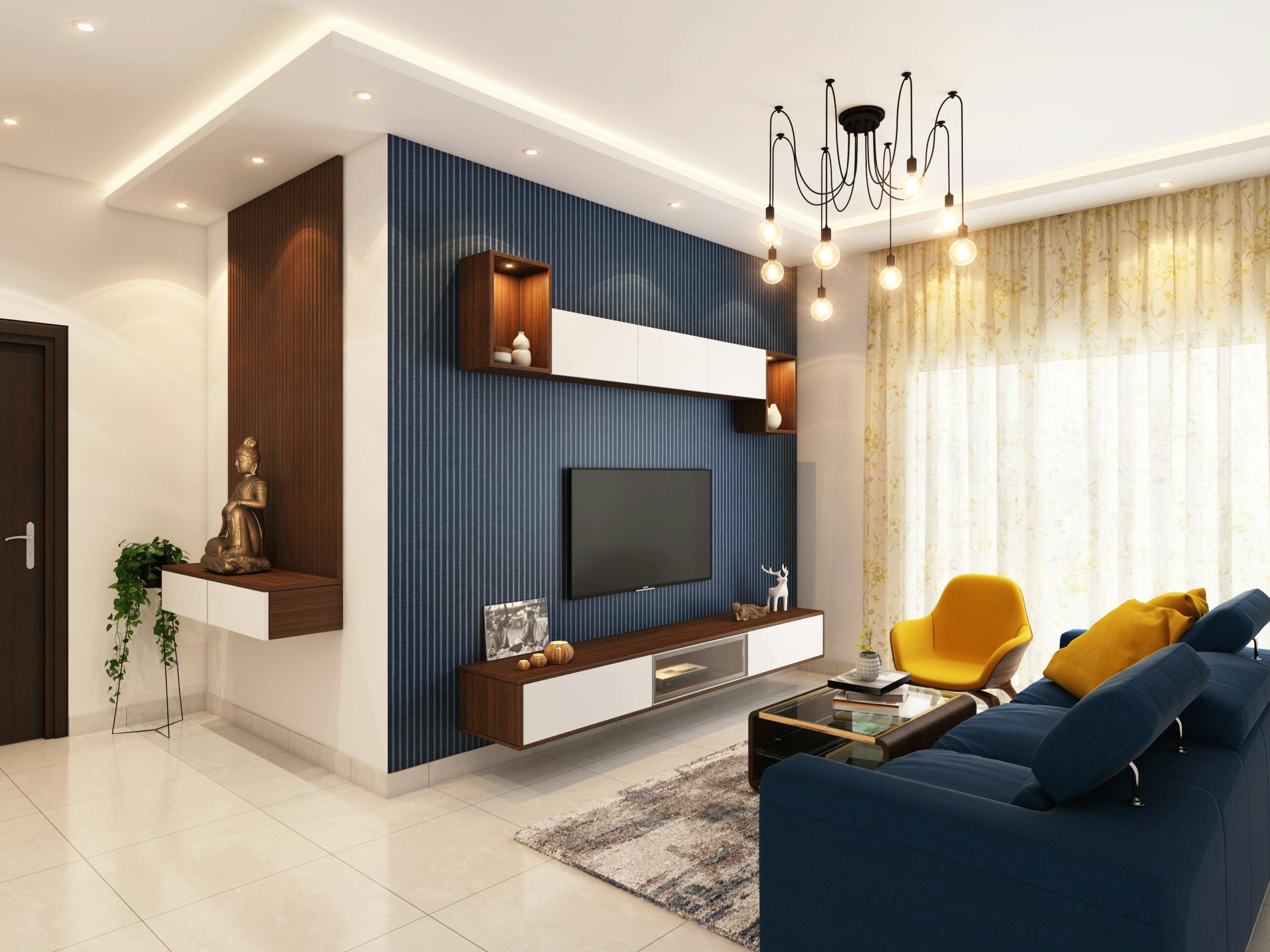
In the world of real estate, every edge counts. One of the most significant advantages a seller can leverage is home staging. The statistics speak for themselves: on average, a staged property spends just 41 days on the market, compared to 99 days for a non-staged home. This stark contrast highlights the transformative power of staging in expediting sales and maximising value.
What is Home Staging?
Home staging is the art of preparing a property for sale by making it more attractive to potential buyers. This process involves rearranging furniture, decluttering spaces, adding decorative elements, and sometimes even making minor repairs or updates. The goal is to create a welcoming, aesthetically pleasing environment that allows buyers to envision themselves living in the space.
The Psychological Appeal of Staged Homes
The difference in market time between staged and non-staged homes is rooted in psychology. When a potential buyer walks into a staged home, they experience a space that feels more like a home rather than an empty or cluttered house. Staged homes help buyers emotionally connect with the property, making it easier for them to imagine their future there. This emotional connection often translates into quicker offers and faster sales.
Enhanced Perception of Value
Staged homes are perceived as well-maintained and move-in ready. This perception can significantly influence a buyer’s decision-making process. A property that looks polished and inviting is more likely to command a higher price and attract serious buyers. In contrast, a non-staged home may appear neglected or require too much effort to make it livable, deterring potential buyers and prolonging its time on the market.
The Financial Benefits of Home Staging
While there is a cost associated with home staging, the return on investment can be substantial. Staged homes not only sell faster but often at a higher price. Staged homes can sell for up to 10% more than their non-staged counterparts. This increase in sale price can easily offset the cost of staging, resulting in a net gain for the seller.
The Role of Professional Stagers
Professional stagers have the expertise and eye for design that can transform any space into a buyer’s dream. They understand current market trends and buyer preferences, allowing them to tailor the staging process to maximise appeal. By strategically highlighting the best features of a home and minimising any drawbacks, professional stagers can make a significant impact on the property’s marketability.
Practical Tips for Home Staging
For sellers considering staging their home, here are a few practical tips to get started:
- Declutter and Depersonalise: Remove personal items, excess furniture, and clutter to create a clean, neutral space.
- Focus on Key Rooms: Concentrate on staging the living room, kitchen, and master bedroom, as these are the most critical areas for buyers.
- Enhance Curb Appeal: First impressions matter. Ensure the exterior of your home is well-maintained with tidy landscaping and a welcoming entrance.
- Use Neutral Colors: Opt for neutral color schemes to appeal to a broader range of buyers and create a blank canvas they can personalize.
- Highlight Selling Points: Emphasize unique features of your home, such as a fireplace, large windows, or a beautiful view.
The data is clear: staging a home can drastically reduce its time on the market and increase its sale price. By creating an inviting, well-maintained environment, sellers can attract more potential buyers and facilitate quicker, more profitable sales. In a market where every advantage counts, home staging stands out as a powerful tool for achieving real estate success. So, if you’re planning to sell your home, consider investing in professional staging to make your property shine and sell faster.
I’m on socials
Look, like and follow us!
Recent Comments